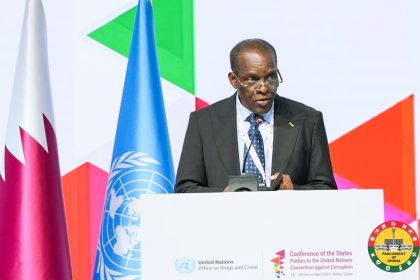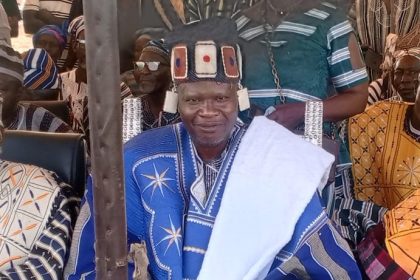Professor Wiston Kwame Abroampa of the Faculty of Educational Studies, Kwame Nkrumah University of Science and Technology (KNUST), said there is the need to incorporate culturally responsive teaching methods in early grade education curriculum.
This is because, culturally-responsive teaching practices help learners to easily understand what they were being taught, since it was done in a manner they were familiar with, he explained.
“This involved using teaching and learning practises that incorporate the diverse linguistic and cultural backgrounds of early learners to help them understand the concepts they are being taught,” he said.
Prof Abroampa made this recommendation during a stakeholder engagement on a collaborative research project conducted in the Greater Accra and Ashanti Regions on how culturally responsive education approaches improve learning outcomes.
The project is jointly supported by the Global Partnership for Education Knowledge and Innovation Exchange, and the International Development Research Centre, Canada, and implemented by KNUST-Institute for Rural Development and Innovation Studies.
It is titled, “The Impact of Culturally Responsive Pedagogies on the Social and Emotional Development of Early Learners in Ghana.”
Prof Abroampa said in developing such a curriculum, stakeholders needed to be intentional about the content to enable teachers adapt to them as well as ensure the resources they needed were available.
He said per their research they observed that some teachers were not able to teach in the local languages of learners, especially in cosmopolitan areas like Accra due to the varying languages spoken.
Prof Abroampa added that some teachers used one local language to teach learners who were from diverse backgrounds and spoke different local languages.
He said it was important to build the capacities of teachers to enable them conduct culturally appropriate teaching practices.
Dr William Kwame Amankra Appiah, Ashanti Regional Director of Education, said culturally responsive education promotes punctuality and builds the confidence of learners in the classroom, and that learners are able to express themselves in ways they know best and are familiar with.
“In the Ashanti region, the mother tongue (L1) teaching policy at the lower level had helped improve learners performance and improve their learning outcomes,” he explained.






